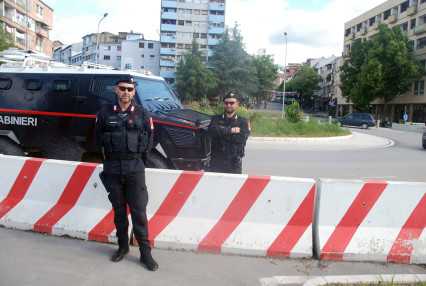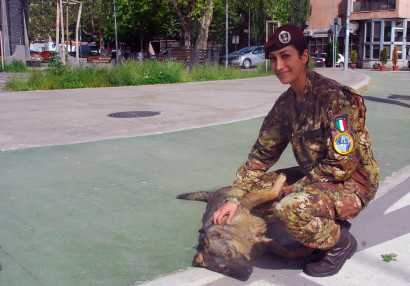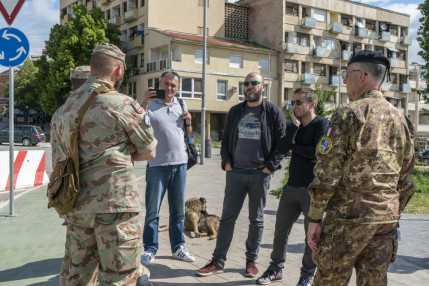KFOR – Two Decades in Kosovo
Szöveg: László Szűcs | 2019. június 3. 6:17What tasks do NATO-led KFOR peacekeepers have in Kosovo? How has the mission and the country changed in the past twenty years since the arrival of the first peacekeepers? Among other things, we also received answers to these questions at a press tour organized by the NATO Headquarters, to which Honvedelem.hu was also invited.
Galéria
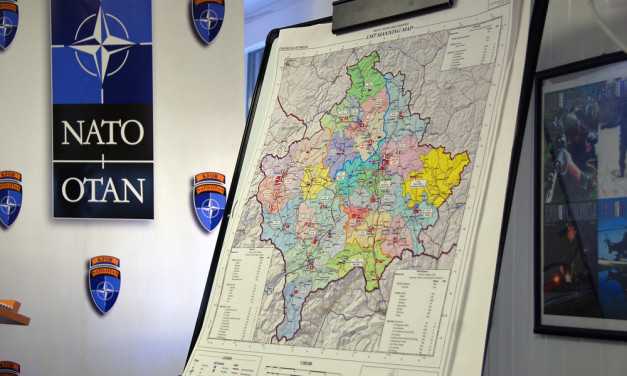
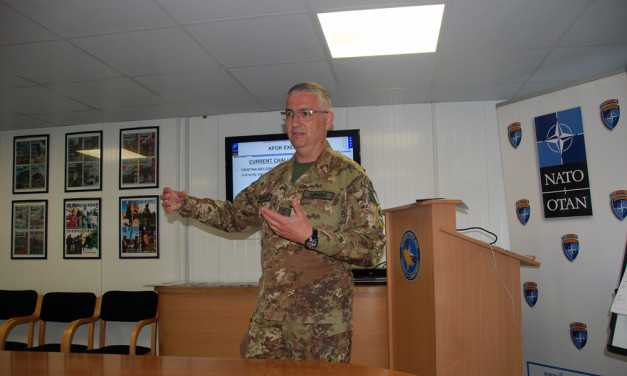

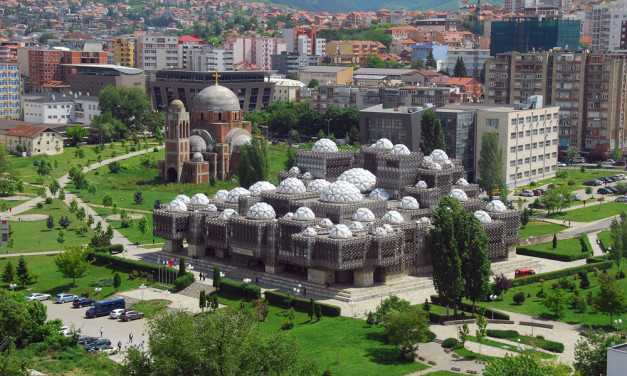
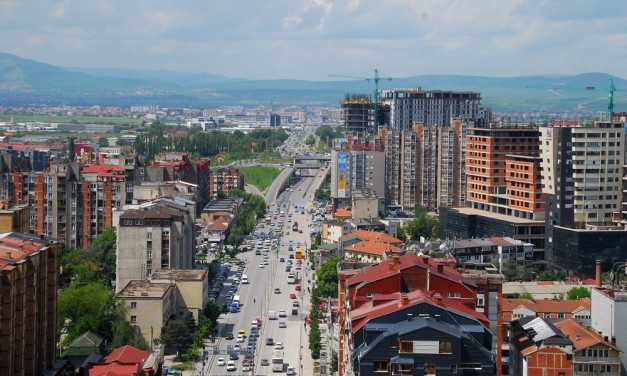
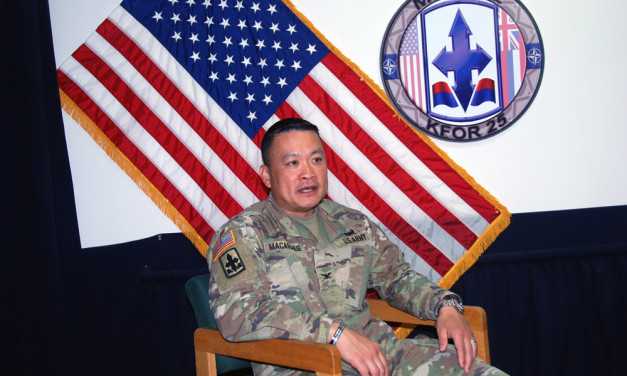
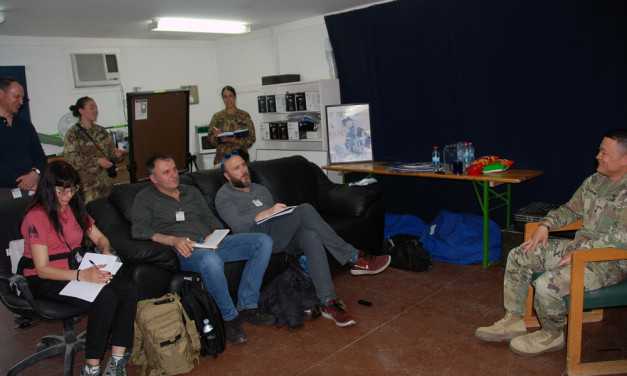
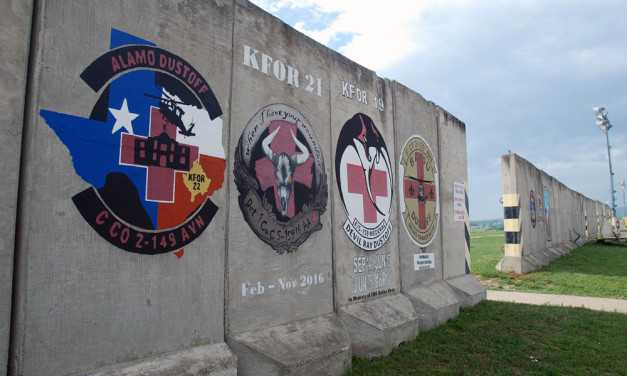
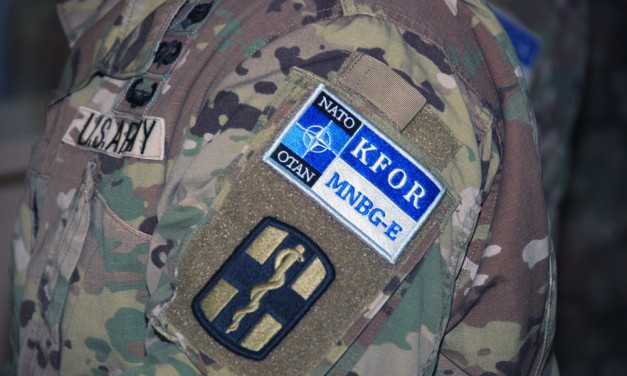
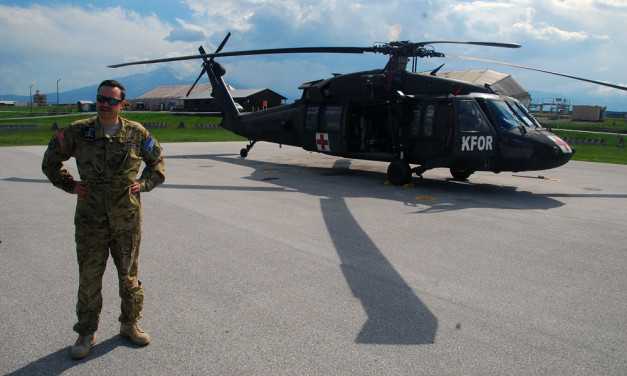
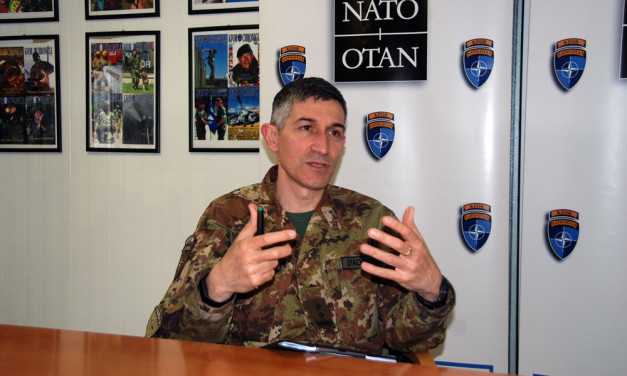

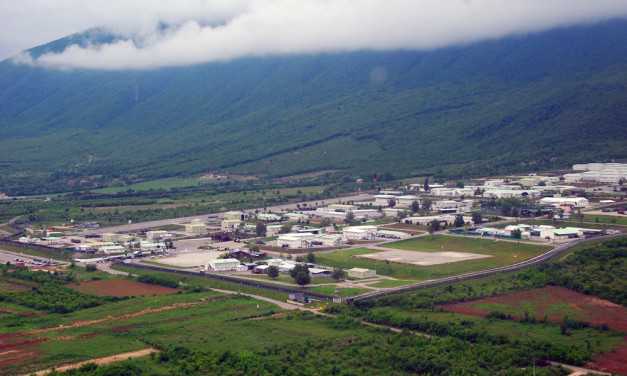

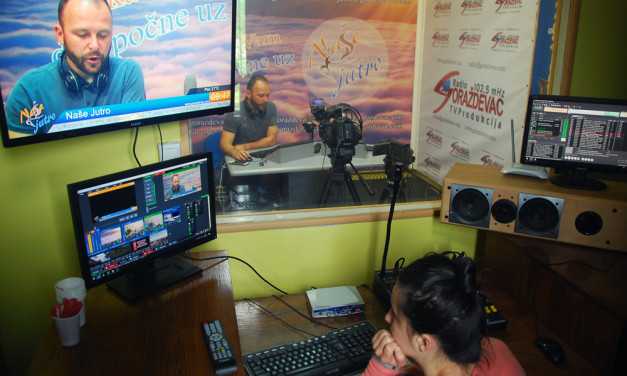
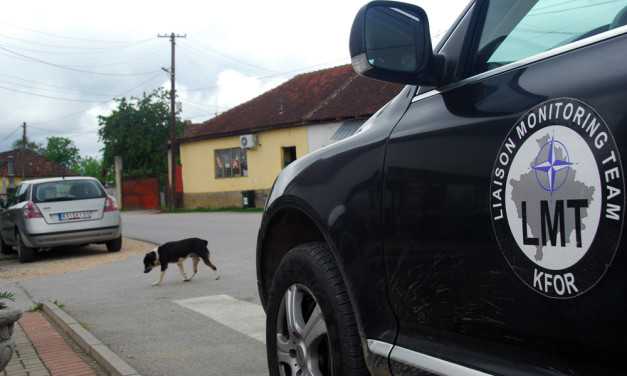
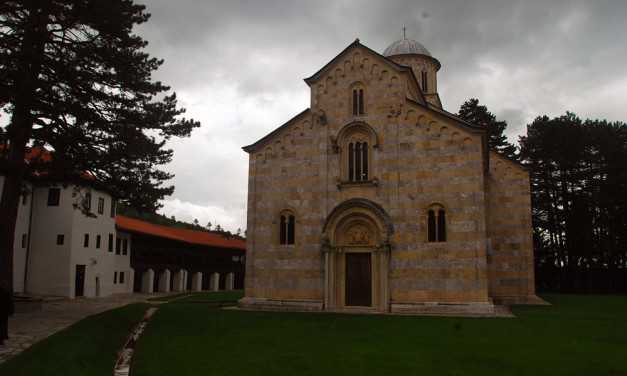
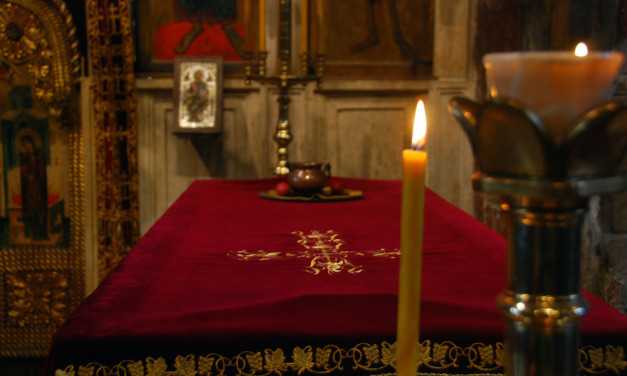
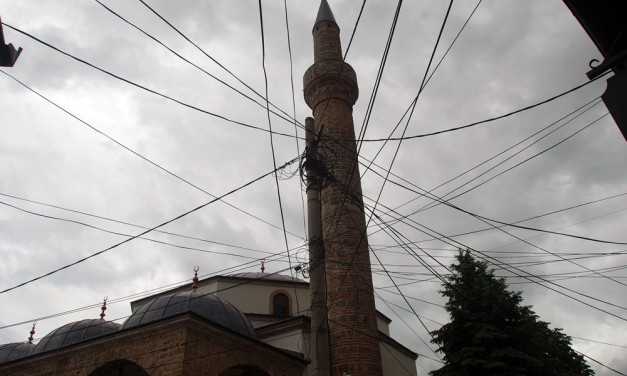
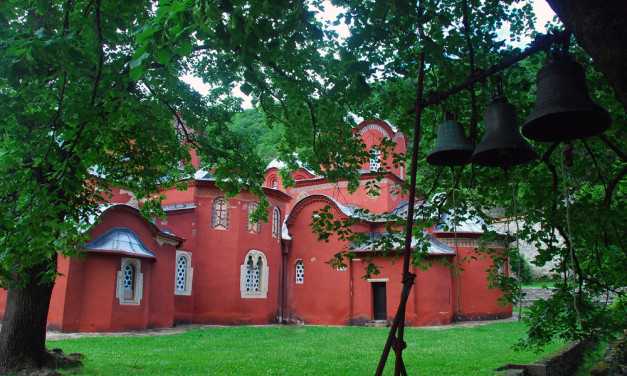
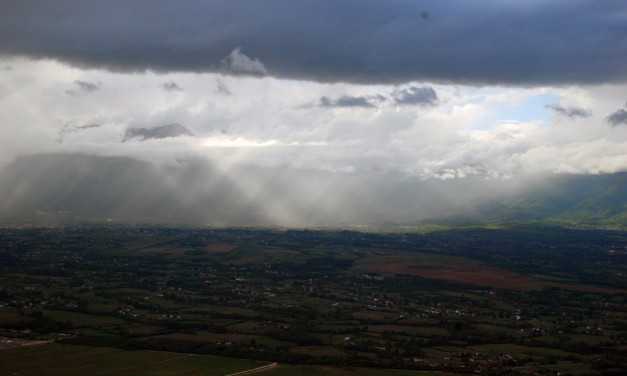
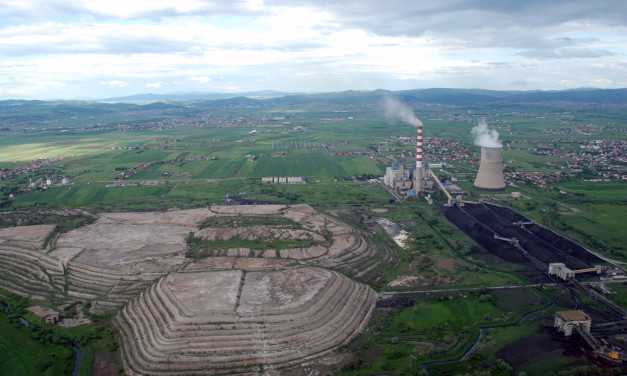
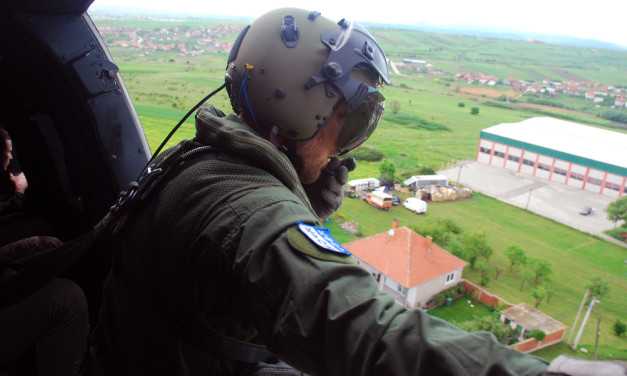
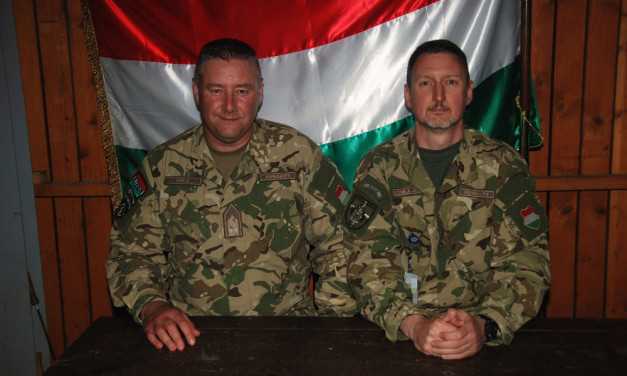
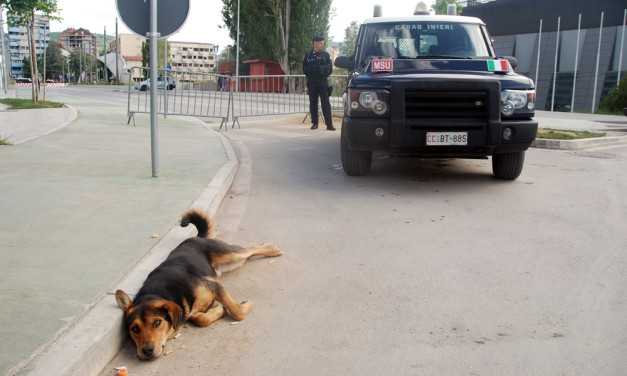

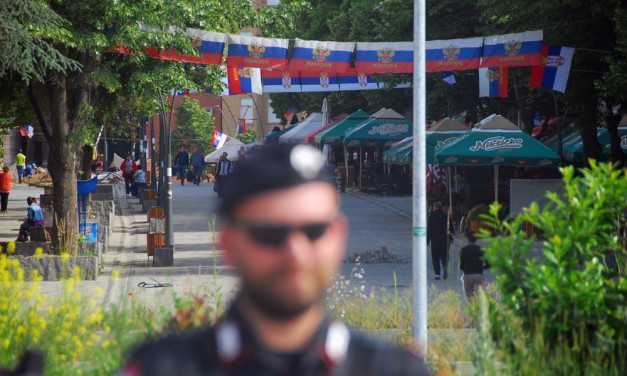

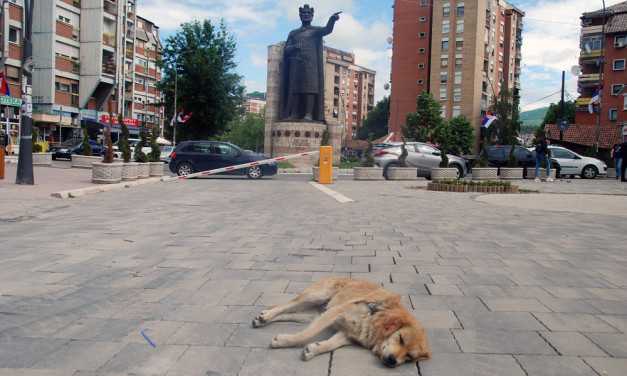
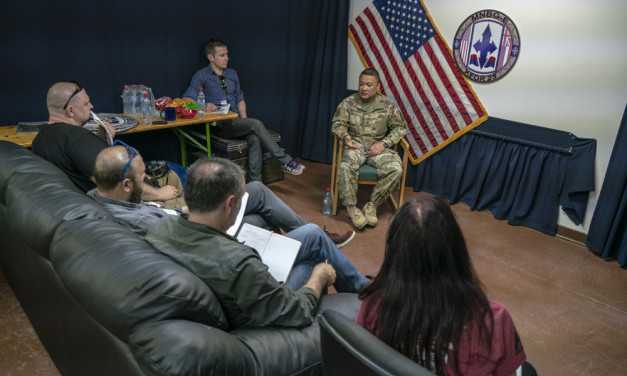
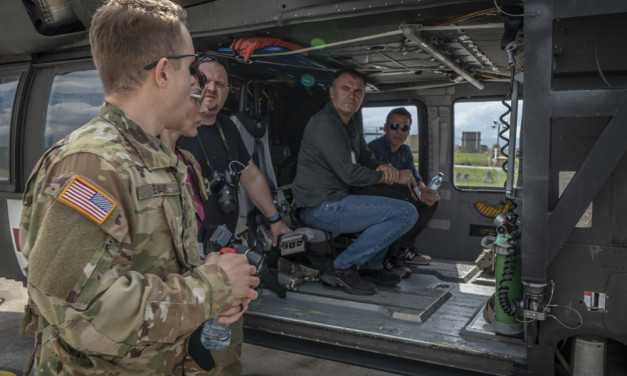
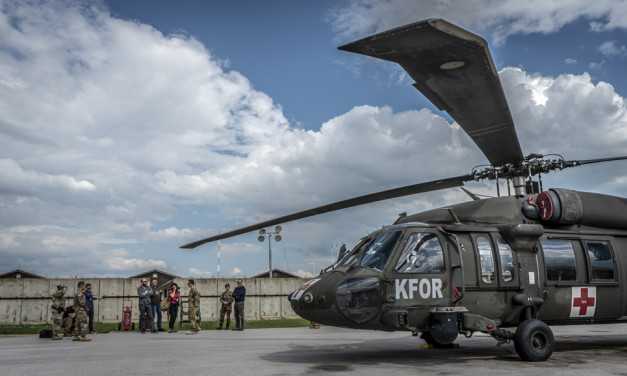
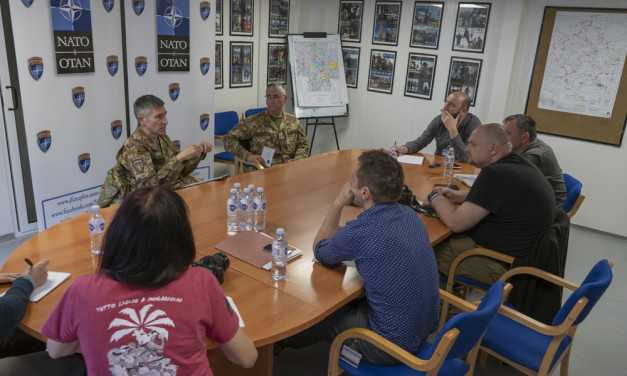

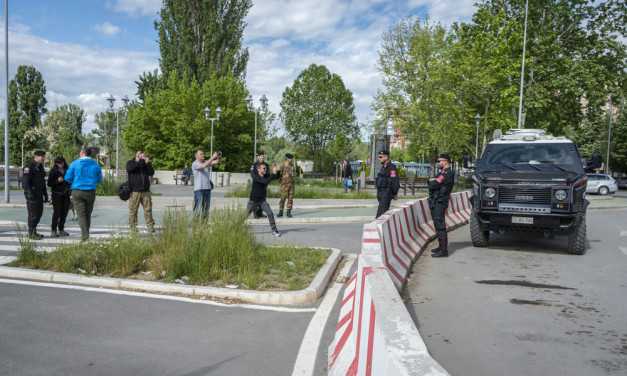
It was almost exactly twenty years ago, on June 12, 1999, when after the 78-day NATO air campaign, 55,000 peacekeepers were deployed in Kosovo in the south of the then Federal Republic of Yugoslavia. The purpose of the international operation, known as KFOR, was to maintain rule of law, based on UN Security Council Resolution 1244, in the region hit by war for the second time.
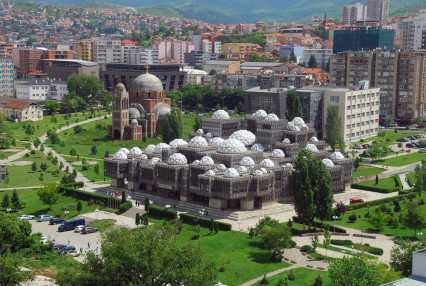
Political and military aspects
Twenty years after the arrival of the first KFOR troops, it is can still not be declared that there is peace in the country which proclaimed its independence on 17th February 2008. Consequently, the end of the peacekeeping operation led by the North Atlantic Alliance is not yet visible – at least that became clear during the multi-day press tour in Brussels and Kosovo organized for European journalists between 27th and 30th May by the NATO Press Office. The most important purpose of the visit was, as staff member of the Office and program organizer Dainiele Riggio said, to allow the participants to get familiar with the operation of KFOR and have a detailed and precise picture of its military and political aspects. As a fortunate accident, the visit was scheduled almost exactly on the 20th anniversary of the launch of the KFOR operation.
In Brussels, NATO deputy spokesman Piers Cazalet told the journalists about the start of the peacekeeping operation. He also talked about the importance of maintaining good relations with Serbia and the necessary Turkish military presence in the mission, justified by historical reasons. Talking about the relations between Serbia and NATO a "NATO official" said that "there are normal and practical relations" between the two sides, and the Alliance provides help with the transformation of the Serbian armed forces. Adding that NATO is not dealing with the issue of a possible exchange of territories between Serbia and Kosovo, as it is the two states which must resolve the issue themselves. Another "NATO official" spoke about the role of NATO in Kosovo. As he said, KFOR is the most popular international organization in the country, where corruption and unemployment continue to pose a huge problem.
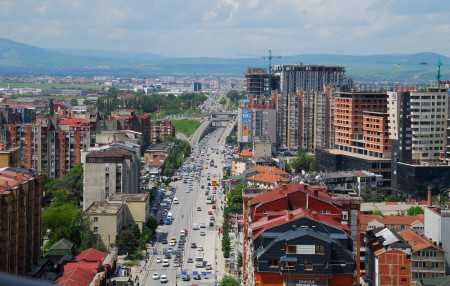
Where films were once made
Pristina is developing spectacularly! – at least this was the opinion of the journalists on the tour, who were welcomed in the capital of Kosovo by Colonel Vincenzo Grasso, spokesman of the KFOR commander. The Italian senior officer has been serving at the Mission HQ at Camp Film City in the heart of Pristina for nearly a year and a half. The name of the camp is not accidental, because back in the Yugoslav era there was a real film studio in this area. What is more, it is said to have been the centre of film production, most of the ex-Yugoslav movies were shot in the studios in the neighbourhood of Kosovo Polje; according to legends, several sequences of the cult western film Winnetou were also shot here – although there was no one to officially confirm that …
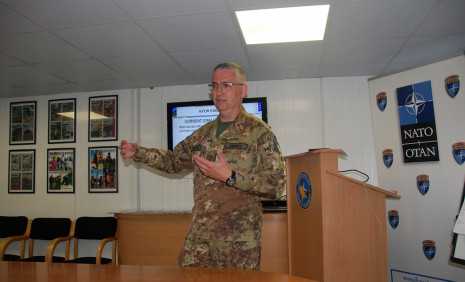
Colonel Vincenzo Grasso
Colonel Grasso is a seasoned veteran of Kosovo. This is his third tour of duty in the KFOR mission – besides he has served in many other peacekeeping operations – and although he did not deny that sometimes the life of a spokesman is not easy, he obviously loves his job. It is also clear that he is used to "civilians" because his briefing was not a typical „snappish military briefing", but a concise yet comprehensive summary of the current state of the NATO mission. "In the past twenty years the goal of the operation has not changed: to guarantee security and maintain order in Kosovo," he said, adding that currently 3,500 soldiers of 28 countries (20 NATO member states and 8 partner countries, to be precise) are responsible for achieving this objective. (It is worth mentioning that besides the United States, Italy and Austria, Hungary is the fourth largest contributor to the mission. According to the official information from the spokesman, currently 385 Hungarian soldiers can wear KFOR’s well-known blue-and-white patch on their uniforms.) We also learned that besides the Kosovo Police, and EULEX, which is the European Union Rule of Law Mission in Kosovo, KFOR is the third response force in the area of operations. In other words, the peacekeepers of the NATO-led mission will only be deployed if the situation can no longer be managed by the local police or the EULEX forces. Unfortunately, there have been several examples of this in recent years…
KFOR’s soldiers are currently stationed in six camps across the country. One of these compounds is Film City, and another one is the base of the Hungarian contingent at Camp Novo Selo. Multinational Battle Group West (MNBG – W) and Multinational Battle Group East (MNBG – E) are responsible for maintaining order and security. They consist of the operational and support companies and other subunits of the countries participating in the operation. The Hungarian soldiers are slightly different from the contingents of other nations because they comprise the KFOR Tactical Reserve Battalion (KTRBN), which operates in direct subordination to the Commander of KFOR.
The situation in Kosovo is calm
Major General Lorenzo D’Addario, Commander of KFOR, said that the mission of the military mission was extremely simple: in addition to achieving the objectives identified by the UNSC resolution it should seek cooperation with other international organizations in the area of operation, such as the European Union mission in Kosovo, i.e. UNMIK, EULEX, and the European Organization for Security and Cooperation in Europe (OSCE).

Major General Lorenzo D’Addario
The Italian two-star general also does his third peacekeeping mission in Kosovo. In 1999, he served as a staff officer in the Italian contingent, and in 2006 he returned as a battalion commander. Since 28th November 2018, he has been Commander of KFOR – the 23rd in the position. "Although the situation in the country is calm, unfortunately, there may be a situation that can lead to a minor or even major unrest at any time. Because of this, the local people are often worried as they want to have their children grow up in peace," the Commander said, noting that at the time of our visit there was exactly such a "situation" in Mitrovica, where a special unit of the Kosovo Police had arrested several Kosovo Serbs, including police officers, with suspected involvement in organized crime. Although the police action was followed by minor unrest in the ethnically divided city in northern Kosovo, the situation did not get out of control to such an extent that would have necessitated the deployment of KFOR troops.
According to the Commander, there was no reason to worry even when Serbian President Aleksandar Vučić announced that he had placed the army in full alert and summoned the National Security Council because of the action in Mitrovica. Later it turned out that most of the press reports were based on "completely false" information, most likely spread for deliberate disinformation.
One of the most important tasks KFOR is facing currently is relating to the declared transformation of the Kosovo Security Forces (KSF) into a regular armed force. It is still unclear what exactly this means for the peacekeeping mission and what long-term changes it will generate, said Major General D’Addario. He also mentioned that only a very simple ceremony was planned on the occasion of the forthcoming twentieth anniversary of the launch of the operation in Camp Film City. At the same time, however, there is more and more information about a planned visit by two former US Secretaries of State, Hillary Clinton and Madeleine Albright, in Pristina on June 12th …
In the East and West
During the press tour the participants had an opportunity to learn about the functioning of multinational groups as well. Interestingly, the staff element of the American-led MNBG-E was redeployed to Kosovo from Hawaii while the combat and support subunits came from different states of the US. Colonel Roy Macaraeg, Commander of the Battle Group, told the reporters that in the multinational unit under his command there are companies of other countries also serving in Camp Bondsteel, which is the largest military base of KFOR. "Our primary task is patrolling to demonstrate KFOR’s presence in the battle group’s area of responsibility," said the Colonel, adding that the US soldiers have served in Kosovo for nine months. Although all the conditions are given to facilitate their work and they spend their free time in the most useful way, the biggest challenge is the lack of a family. Nevertheless, after completing his mission, the Colonel would be happy to return to Kosovo with his wife as a tourist because he regards it as a very beautiful country.
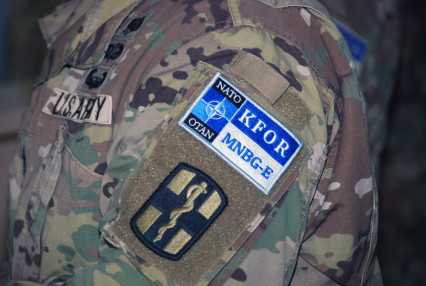
Similarly, Colonel Gianfranco Di Marco, Commander of the MNBG – W, believed that their work was recognized both by the Serbs and by the Albanians in Kosovo. In Camp Villaggio Italia, "above" the town of Pec/Peja in western Kosovo in a wonderful setting, in the shadow of high mountains – at the base of the Battle Group – Slovenian, Swiss and Romanian soldiers are currently working along with their Italian counterparts.
Eyes and ears…
One of KFOR’s most important tasks today is to operate the so-called Liaison Monitoring Team (LMT) in the country. Soldiers serving in the LMTs claim that they are "the eyes and ears of the KFOR commander", and their job is to help the commander’s work. Their tasks are carried out in the municipalities of the country, and currently there are about 50 LMTs in the subordination to KFOR. With their assistance the participants of the press tour reached the Decani Monastery, the most important Serbian Orthodox Christian monastery, the Patriarchate of Pec, the oldest orthodox church, and visited the oldest mosque in Pec.
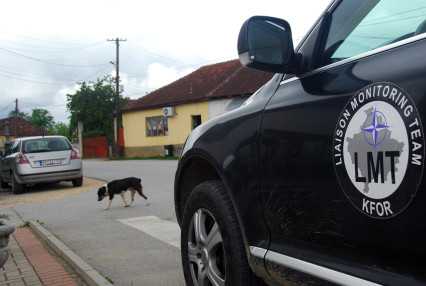
That were also the LMT-personnel who introduced Darko Dimitrijevic to the journalists, who operates a local radio and television station in Gorazdevac, a small Serbian settlement (as they call it here: enclave). As he said, the region’s only Serbian radio has thousands of listeners every day, and not just Serbs, but also Albanian people living in the surrounding area. The media are trying to deal with the problems that affect the local population, for example, several reports have recently been made about a nearby plant dealing with hazardous chemicals. "In my opinion, corruption is one of the biggest problems at national level. This is why so many young people leave the country and try to live their lives elsewhere," the radio reporter said.
The Hungarian contingent and individual rotations
As mentioned above, currently there are 385 Hungarian soldiers in Kosovo. About 350 of them work at Camp Novo Selo near Pristina, they are the 20th rotation of HDF KFOR Contingent, who started their foreign service in the area of operation in late March. As Lieutenant Colonel György Szabolcs Rácz, Commander of the Contingent said, the KFOR Tactical Reserve Battalion, based on Hungarian military personnel, participates in the peacekeeping operation with a full spectrum of infantry missions. In addition, their preparation for the so-called Crowd and Riot Control (CRC) is outstanding. This capability is maintained by the Hungarian soldiers in the course of continuous training. The so-called Fire Phobia Training (that is, learning how to overcome the fear of fire) is performed at such a high standard that it is the Hungarians who prepare the soldiers of all other nations who must also be able to do CRC tasks.

Lieutenant Colonel György Szabolcs Rácz (left) and Lieutenant Colonel András Somlai-Kiss
"In addition, of course, we are also involved in providing presence patrols throughout Kosovo. If necessary, we are ready to augment the forces of both battlegroups with both of our operational companies and support subunit," said the Lieutenant Colonel, adding that most of the contingent is based on the Hódmezővásárhely battalions of the 5th Bocskai István Mechanised Infantry Brigade, but some of the special posts are manned by soldiers from other garrisons. Over one-third of the contingent is doing their first mission now.
In addition to the HDF KFOR Contingent, there are nearly thirty Hungarian soldiers serving in so-called individual rotations in KFOR. They work mostly at the mission headquarters, but there are some who serve in other camps, said Lieutenant Colonel András Somlai-Kiss, who is not only the Director of Staff of the KFOR Command but also the Senior National Representative of the Hungarian troops serving in the operation. This means that at the KFOR Command he represents the interests of all Hungarian soldiers serving in Kosovo.
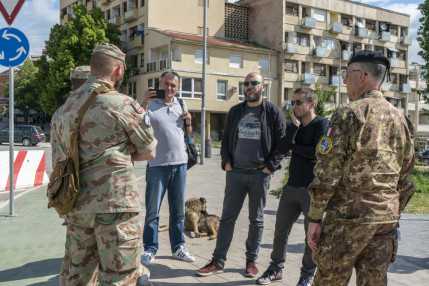
Service members in individual rotations, in six-month-long deployment abroad, work in a wide range of positions. Among other things, there are air force, intelligence, training, logistics, and transport specialists. The Hungarian service members, fortunately, have many opportunities for active rest and recuperation and, thanks to the infrastructure of the camps, they can keep in touch with their families regularly, which is essential for a calm and successful execution of their tasks.
Photo by the author and KFOR PAO

























